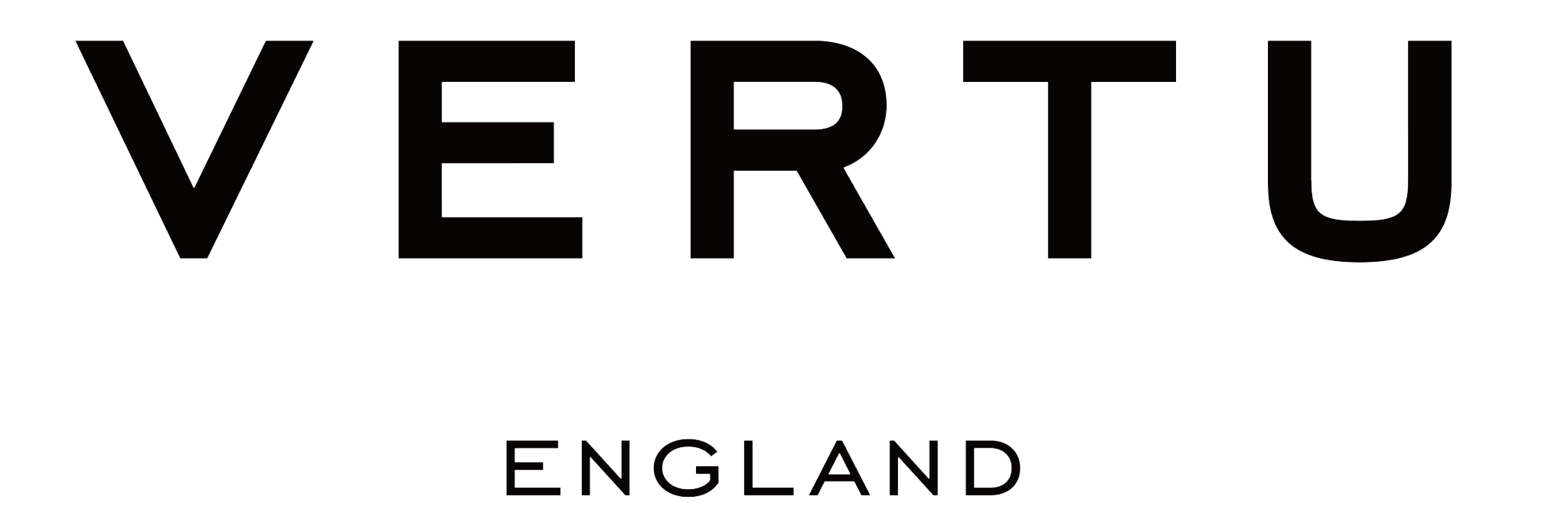This article is a project analysis of Aave, providing a comprehensive breakdown of Aave’s ambitions — Author: Joel
Bear markets are a good time to consider the opportunity costs of being involved in cryptocurrency. Working in an industry that never sleeps has social, mental, and physical costs. Due to the way tokens work, the definition of a “successful” founder in the blockchain ecosystem is slightly different from that in the traditional world. It’s not uncommon to see founders without a product, users, or business model making incredible amounts of money for themselves and their investors — success purely based on hype.
You don’t need an investment strategy, user stickiness, or revenue to have a “billion-dollar protocol” in cryptocurrency. Many of our most important “successes” have not made any meaningful changes to the lives of people outside the industry. This becomes a focal point whenever regulatory authorities try to legislate around the technology, especially in emerging markets. Shouting WAGMI into the void can’t even make a dent in the universe.
However, the kind of billion-dollar outcomes that Coinbase, FTX, and Binance have been able to provide, which they achieved through years of effort, are oriented towards consumer mobile applications. This has been the biggest driver of growth in the industry over the past five years. This partly explains why Wyre and Moonpay are valued at $1.5 billion and $3.4 billion, respectively. What do they have in common? They provide critical infrastructure for retail users to onboard through microtransactions, primarily via mobile devices.
If cryptocurrency must break free from its Peter Pan syndrome, it must reach ordinary people who don’t want to care about private keys and protocol maximization. Our means of unlocking the next few trillions in value is by caring about what people outside of Twitter want. This article is a preliminary exploration of motivations, macro trends, and opportunities, hoping that builders in this industry can leverage these opportunities. Remember the premise, and let’s get started.
To understand why most of today’s Web3 is desktop-oriented, you need to consider that most users remaining in cryptocurrency are likely those who entered between 2017 and 2019. This era saw about $25 billion flow into ±8,000 ICOs. It was a golden age where anyone could trade and make money quickly. However, as with most trades, your edge depends on how quickly you can access information. This means charts, chats, and news must be constantly updated.
During that era, the user experience for the average person entering this field was centered around depositing enough funds for ICOs. Then, they hoped it would list with a large enough multiple. This is the whole charm of the greater fool theory. Once a token is listed, you look for the next ICO to deploy your funds. This is very different from before 2017 when you could only transact (send/receive) or trade digital assets. At this time, wallets like Myetherwallet and Metamask began to eat into Jaxx’s market share.
As the DeFi ecosystem eventually evolved into the behemoth it is today, desktop-based interfaces became the standard for users to interact with the industry. In my view, there are two reasons for this. First, attracting the most significant institutions to deploy capital into DeFi protocols in TVL requires secure infrastructure, which can typically only be achieved through browser-based wallets like Metamask. Interacting with smart contracts and adding new tokens is easier through a desktop-based interface.
The flywheel effect incentivizes developers to build for the few users with most of the capital. Products can de-emphasize the end-user experience as the main focus is on absorbing as much capital as possible in TVL. Unfortunately, this also means that most retail investors entering the ecosystem were excluded from these new DeFi primitives for much of 2020.
Viewing mobile as a distribution medium for web3 applications comes down to which device captures the most human attention. Even when we use devices like televisions, which are designed to consume attention, smartphones are in a similar position. They are the interface through which we access new ways of being educated, dating, entertaining, shopping, paying, and surfing the web. By dismissing attention to mobile devices, we also dismiss a vast portion of the internet that can benefit from the advantages of Web3. By 2013, the time spent online via mobile devices had already surpassed the time we spent online via laptops or desktop computers.
Building on a mobile interface also allows those who have historically had little or no access to the elements of ownership to gain corresponding resources. Mobile-first applications accelerate digitization, further compressing costs and making services more affordable for more people.
In the past, obtaining complex financial products and products that achieve ownership were high-cost, low-margin products. This explains why the unbanked in the banking industry have historically been a huge problem. Employee work hours scale linearly, while the customer base scales exponentially. Without digitization, it is incredibly time-consuming to serve a growing user base, with each customer taking an incredible amount of












